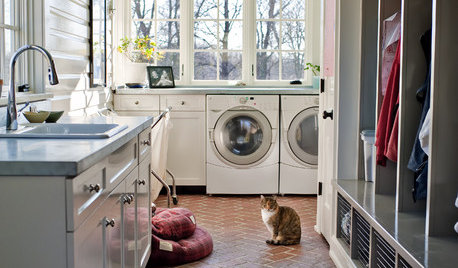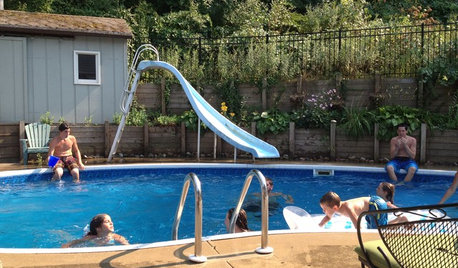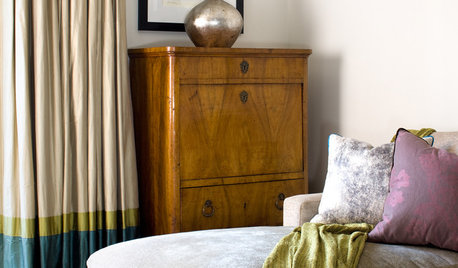When did things change in laundry care?
mieleforme
14 years ago
Related Stories

LIFEWhen Design Tastes Change: A Guide for Couples
Learn how to thoughtfully handle conflicting opinions about new furniture, paint colors and more when you're ready to redo
Full Story
BUDGETING YOUR PROJECTHouzz Call: What Did Your Kitchen Renovation Teach You About Budgeting?
Cost is often the biggest shocker in a home renovation project. Share your wisdom to help your fellow Houzzers
Full Story
DISASTER PREP & RECOVERYRemodeling After Water Damage: Tips From a Homeowner Who Did It
Learn the crucial steps and coping mechanisms that can help when flooding strikes your home
Full Story
DECORATING GUIDESRoom Doctor: 10 Things to Try When Your Room Needs a Little Something
Get a fresh perspective with these tips for improving your room’s design and decor
Full Story
HOUSEKEEPINGAnother Independence Day: When Kids Can Do Their Laundry
Set yourself free and give your child a valuable life skill at the same time
Full Story
LIFEHow to Make Your House a Haven Without Changing a Thing
Hung up on 'perfect' aesthetics? You may be missing out on what gives a home real meaning
Full Story
DECORATING GUIDESLearn When to Splurge for True Design Happiness
Sometimes treating yourself is exactly right — despite that whole impracticality thing
Full Story
Let's Dish! Did You Watch the Flipping Out Premiere?
Contemporary Remodel Kicks off Design Show's New Season. What Did You Think?
Full Story
ARCHITECTURERoots of Style: Where Did Your House Get Its Look?
Explore the role of architectural fashions in current designs through 5 home styles that bridge past and present
Full Story
EDIBLE GARDENSHouzz Call: What Did You Grow This Summer?
Let’s celebrate the homegrown fruits and vegetables of the season. Post your pictures and tell us about your harvest
Full Story








happymomof2kids
gates1
Related Professionals
Cuyahoga Falls Kitchen & Bathroom Designers · Grafton Kitchen & Bathroom Designers · North Arlington Kitchen & Bathroom Remodelers · South Barrington Kitchen & Bathroom Remodelers · Brea Cabinets & Cabinetry · Plymouth Cabinets & Cabinetry · Whitehall Cabinets & Cabinetry · Medway Custom Closet Designers · Cottage Grove Flooring Contractors · Elkridge Flooring Contractors · Franklin Flooring Contractors · Hastings Flooring Contractors · Little Rock Flooring Contractors · Oak Park Flooring Contractors · Waltham Flooring ContractorsmieleformeOriginal Author
sshrivastava
aprince
User
User
rococogurl
czechchick2
sspye